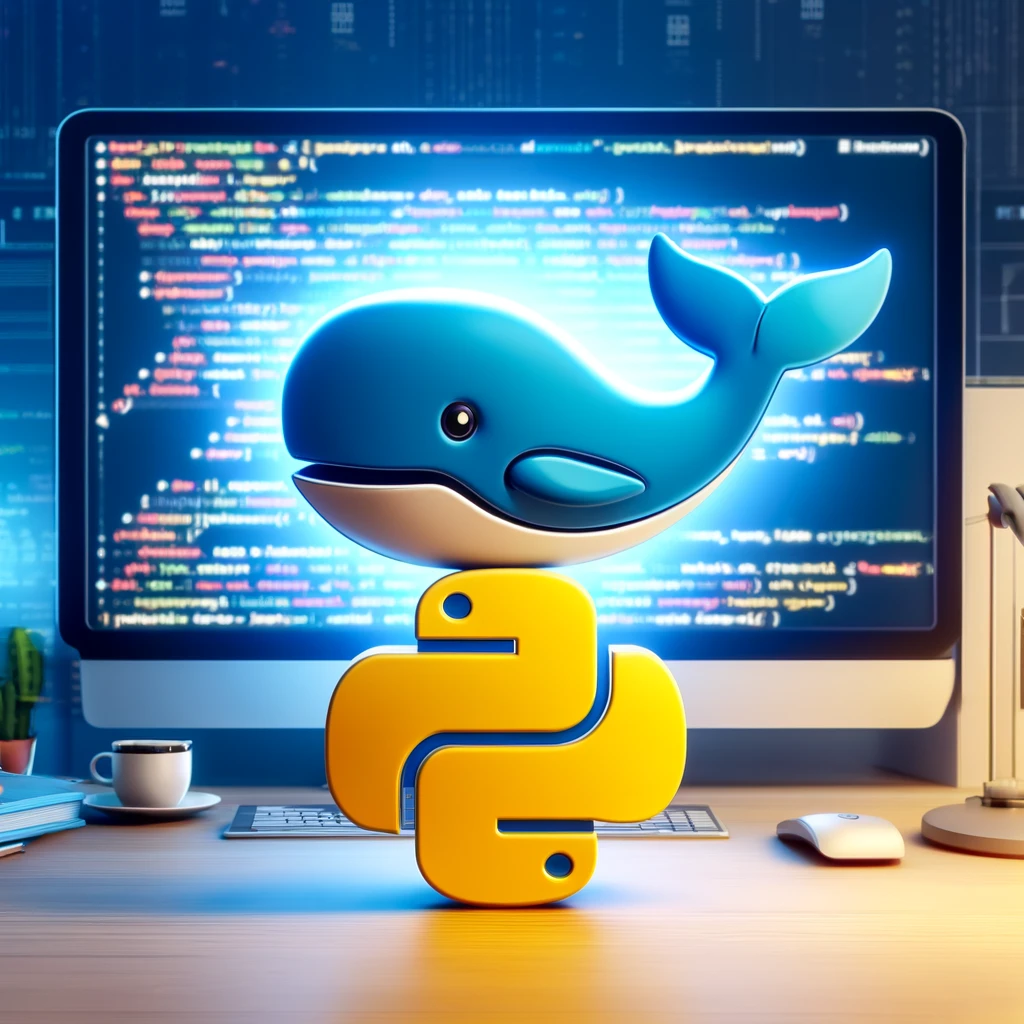Understanding the DISC Personality Test - My Conscientiousness and the Perfectionist Pattern
Welcome back to Continuous Improvement, the podcast that delves into the tools and insights for self-improvement and professional growth. I'm your host, Victor Leung, and today, we're exploring a popular personality assessment that provides profound insights into our behavioral patterns: the DISC personality test. Specifically, we'll focus on the Conscientiousness dimension, looking at how it shapes our interactions, particularly through the Perfectionist pattern.
The DISC personality test is a behavior assessment tool based on the DISC theory, developed by psychologist William Moulton Marston in the 1920s. This test categorizes personalities into four primary dimensions:
- Dominance (D): How one addresses problems and challenges.
- Influence (I): How one handles situations involving people and communication.
- Steadiness (S): How one demonstrates pace and consistency.
- Conscientiousness (C): How one approaches and organizes activities.
The DISC test provides a comprehensive overview of how individuals act, react, and interact in various environments, which can be leveraged for personal growth and fostering better teamwork.
Now, let's delve into the Conscientiousness dimension. Individuals with a high Conscientiousness score, including myself, are often meticulous, detail-oriented, and analytical thinkers. We thrive in environments that allow for precision and a methodical approach to problem-solving.
- Attention to Detail: We notice and care about details that others might overlook.
- Organization: We have a strong sense of structure and are adept at planning and arranging our work and environments efficiently.
- Diligence: We tend to go above and beyond to ensure quality and accuracy in everything we do.
Within the Conscientiousness dimension, a classical profile known as the Perfectionist pattern emerges. This pattern is characterized by a deep drive for near-perfection in endeavors, fueled by a need to meet both internal and external standards of excellence.
- High Standards: We set extremely high standards for ourselves and others, leading to meticulous and quality-driven outcomes.
- Critical Thinking: We can identify flaws and potential improvements in almost any situation.
- Risk-Aversion: Due to our focus on accuracy, we tend to be risk-averse, preferring to stick with known and tested methods.
Understanding my Conscientiousness category, particularly with a Perfectionist pattern, greatly influences my personal and professional growth. Recognizing my tendency towards perfectionism helps me manage stress and expectations, allowing for balance between striving for excellence and accepting practical limitations.
In professional settings, my meticulous nature is invaluable in roles that require precision and attention to detail. To enhance teamwork and efficiency, I aim to develop flexibility and delegation skills, balancing my perfectionist tendencies with practical solutions.
The DISC personality test, particularly the Conscientiousness dimension and Perfectionist pattern, offers profound insights into how our personalities shape our effectiveness in both personal and professional spheres. By embracing and understanding these traits, we can leverage our natural tendencies to achieve greater success and fulfillment, while learning to mitigate the challenges associated with our personality types.
Thank you for tuning in to Continuous Improvement. Remember to embrace your strengths, grow through self-awareness, and continue striving for progress in all areas of life. Until next time, keep learning, keep improving, and be your best self. I'm Victor Leung, signing off.



